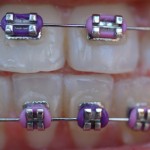
27 RCTs were identified for this Cochrane review update early v late orthodontic treatment for class II div 1 malocclusion. The main advantage of early treatment was a reduction of incisal trauma.
[read the full story...]
27 RCTs were identified for this Cochrane review update early v late orthodontic treatment for class II div 1 malocclusion. The main advantage of early treatment was a reduction of incisal trauma.
[read the full story...]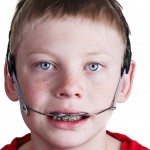
24 studies were included in this review of compliance with removable orthodontic appliance treatment. Objectively measured wear was considerably lower than stipulated wear time among all appliance types in the included studies.
[read the full story...]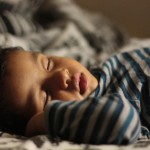
This Cochrane review to assess the effects of oral appliances or functional orthopaedic appliances for obstructive sleep apnoea in children only identified a single small trial which provided insufficient evidence to assess effectiveness.
[read the full story...]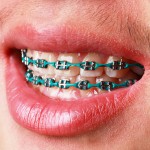
Factors affecting relapse after treatment of class II malocclusion was investigated in this review. Only 17 retrospected studies met the review criteria providing limited evidence to support the influence of factors predictive of sagittal stability following orthodontic treatment.
[read the full story...]
This review looked at the efficacy of fixed and removable functional appliances for the treatment of class II malocclusion. Just 4 trials were identified 2 of which were randomised. Limited evidence found fixed and removable functional appliances are effective in reducing overjet in children but there is little evidence to differentiate the approaches.
[read the full story...]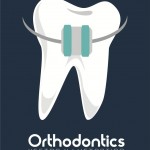
This review of fixed functional appliances for treatment of class II malocclusion included 9 studies, only one of which was a RCT. The findings suggest that fixed functional appliances are effective at producing short term improvements in class II malocclusions but should be interpreted with caution because of the quality of the available evidence.
[read the full story...]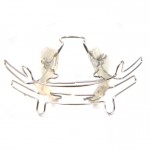
This overview brings together 14 systematic reviews of varying quality on a range of appliances for the management of class II malocclusions. There is some evidence of some benefit from some types of appliance but more studies of a higher quality are needed.
[read the full story...]
This review of functional orthodontic appliances included 10 CCTs and 7 RCTs and found they produced short-term improvements in class II malocclusion. This needs to be considered with a recent Cochrane review of early treatment for children with class II malocclusion that found that it was more effective in reducing the incidence of incisal trauma than providing one course of orthodontic treatment in early adolescence.
[read the full story...]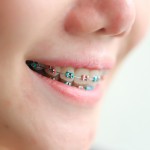
This review of fixed functional appliances for the treatment of class II malocclusions could only find 11 small studies with methodological problems to assess the effectiveness of this approach. Some benefit was noted but larger higher quality studies are needed.
[read the full story...]
Treatment of class III malocclusions frequently involves the use of functional appliances. The Fränkel regulator type III (FR-3) is a wire and acrylic appliance developed to treat class III malocclusions but there is controversy over its effectiveness. The aim of this review was to evaluate the effectiveness of the FR-3 in patients with Class III [read the full story…]